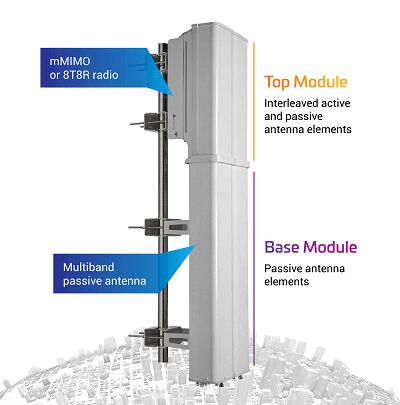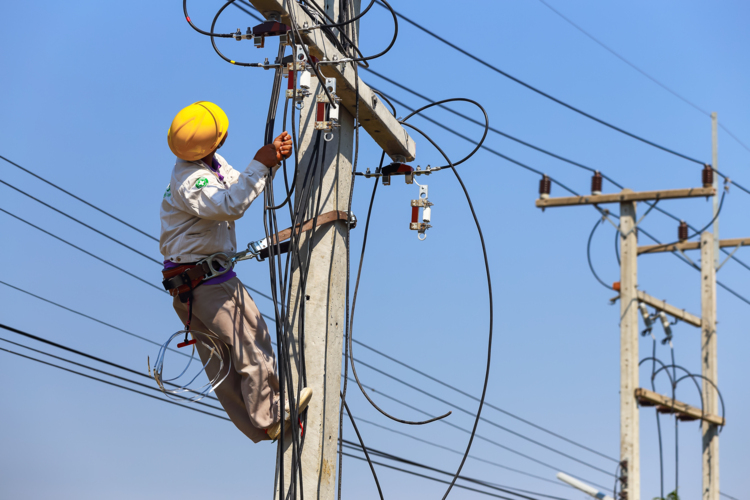 Imagine you are packing for a well-deserved vacation in Italy. Great food, fantastic scenery and thousands of years of history await you. You want to experience it all and bring back all those vacation pictures and videos to bore family and friends. Just 15 years ago, that would have meant packing your pocket camera, video-camera, maps and local guidebook. Today all you need is that your smartphone is fully charged.
Imagine you are packing for a well-deserved vacation in Italy. Great food, fantastic scenery and thousands of years of history await you. You want to experience it all and bring back all those vacation pictures and videos to bore family and friends. Just 15 years ago, that would have meant packing your pocket camera, video-camera, maps and local guidebook. Today all you need is that your smartphone is fully charged.
Since this blog is about mobile networks, where we tend to talk about 5G from time to time, you probably know where I’m going with this analogy. We may talk about 5G deployment as an overlay, but it is much more than that. Today, network vendors must give mobile operators what smartphone manufacturers gave consumers a decade or so ago—products that support all their current needs and have the flexibility to support what the future will bring.
CLICK TO TWEET: Mika Hedemaki explains how CommScope and Nokia are solving the introduction of 5G dilemma with the modular IPAA solution.
Today’s mobile networks feature multiple technologies—4G, 3G and 2G— scattered over a variety of frequency bands. As there’s only so much room on the tower, the new 5G equipment needs to ideally fit within the same physical space as the existing equipment. This is where the challenge begins...
Together with our colleagues at Nokia we have designed a solution that helps overcome that challenge, supporting all existing technologies in the most space efficient way possible and so easing the complexities of 5G deployments. The interleaved passive-active antenna (IPAA) seamlessly combines both Nokia mMIMO radio technology and CommScope passive antenna technology in a single unit, which supports legacy technologies as well as different 5G configurations, all in a compact solution.
The modularity of the IPAA solution offers mobile operators the flexibility to tailor the antenna for their specific needs. It is also designed for easy field upgrading for both base and top modules. The passive base module comes in different port and antenna array configurations to cover a variety of deployment scenarios. The top module, with interleaved low-band elements, is available in 8T8R and 64T64R configurations (a 32T32R version will become available in 2021) and uses the same radio as standalone deployments for full network compatibility
Operators are already having to juggle a dizzying array of requirements—from network capacity and service level agreements to operating costs and time to market. 5G adds another layer of complexity. Smarter engineering from industry partners, including CommScope and Nokia, helps simplify the equation and provide a smoother migration path to the next milestone, 5G.
For more information on the new CommScope Nokia IPAA, check out this quick video, and stay tuned to CommScope to stay informed on what’s next.













